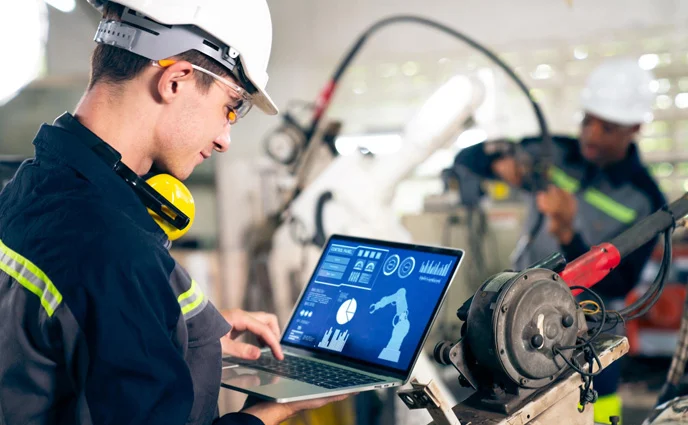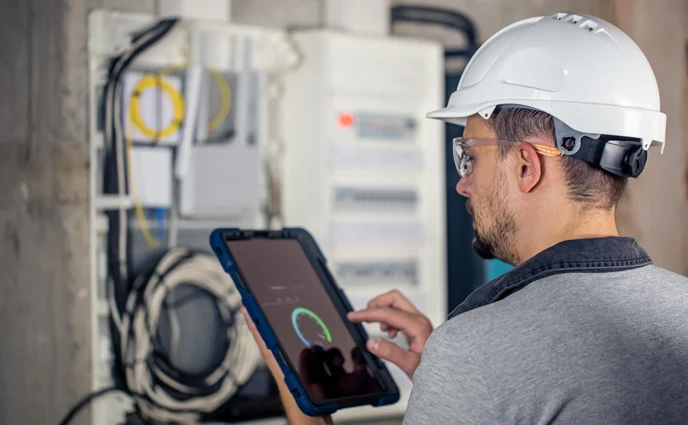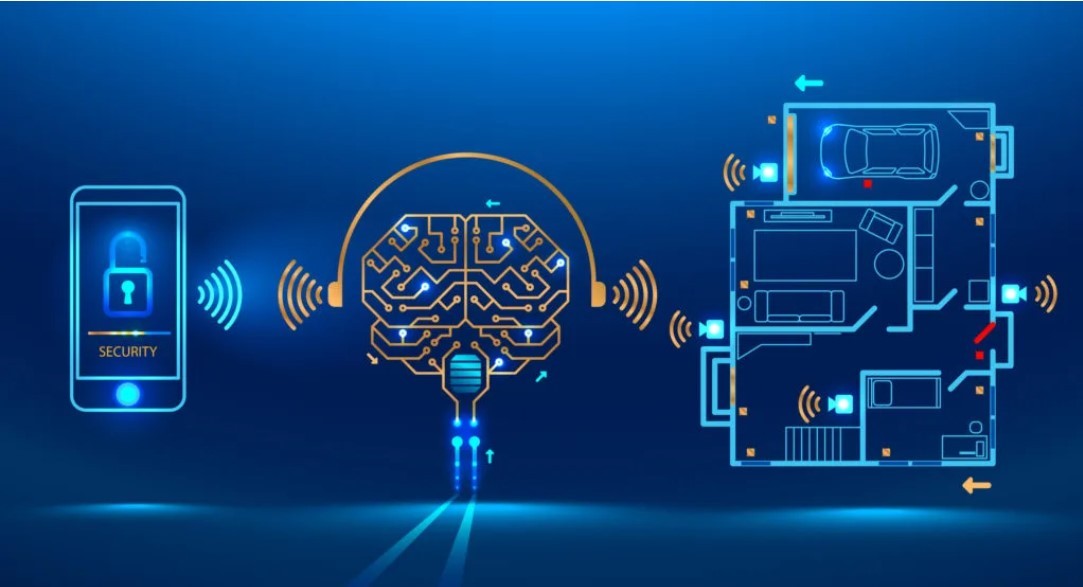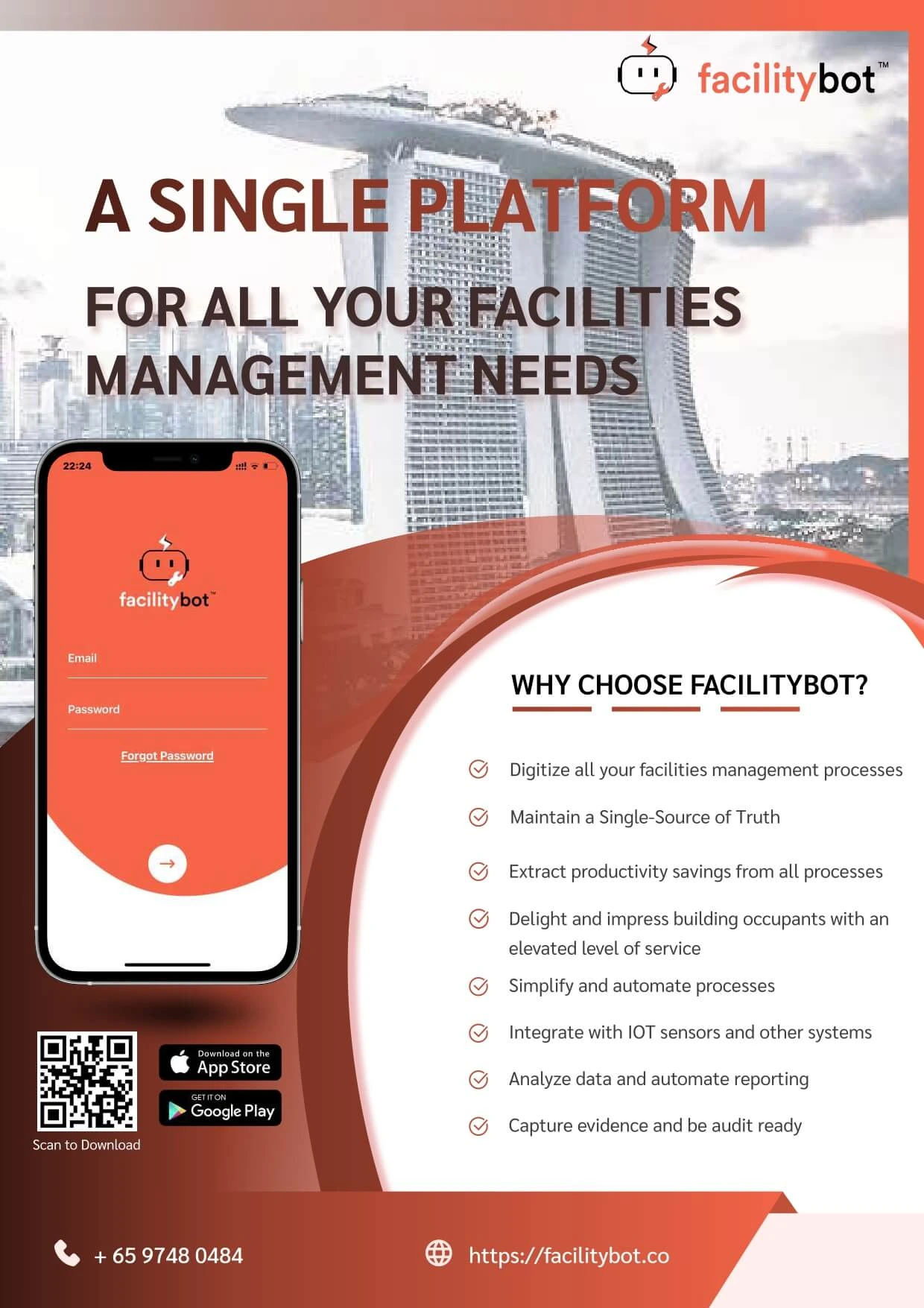In 2025, the integration of artificial intelligence (AI) into Computerized Maintenance Management Systems (CMMS) has completely changed the way facilities operate. What was once a manual, reactive process of managing maintenance requests, scheduling tasks, and tracking assets has now evolved into a data-driven, intelligent workflow. The rise of AI CMMS software is empowering facility managers to optimize operations, predict failures, and make smarter, faster decisions.
This transformation is being led by innovative platforms like FacilityBot, which combine the power of AI facility management with automation, analytics, and seamless communication tools.
1. The Evolution of CMMS: From Reactive to Predictive
Traditional CMMS systems were designed to centralize maintenance data and automate basic workflows—such as work order generation and asset tracking. While this reduced administrative burden, it didn’t solve a key challenge: preventing equipment failures before they occurred.
That’s where AI CMMS software steps in. By using predictive analytics and machine learning models, these intelligent systems can analyze historical data, sensor readings, and maintenance logs to forecast potential breakdowns. This means maintenance teams can act before failures disrupt operations, shifting from reactive maintenance to predictive and preventive strategies.
For example, with FacilityBot, organizations can automatically detect anomalies in equipment performance using AI-driven analytics. The system generates maintenance alerts when patterns indicate likely future faults—saving time, resources, and costly downtime.
2. AI-Powered Automation: Streamlining Facility Workflows
CMMS automation has taken efficiency to a new level. AI enables CMMS platforms to go beyond simple scheduling and ticketing by intelligently prioritizing tasks based on urgency, resource availability, and impact.
Here’s how AI-driven CMMS automation enhances facility operations:
- Automated Work Order Prioritization: AI evaluates maintenance requests and automatically assigns priority levels based on real-time data and business impact.
- Smart Resource Allocation: AI algorithms ensure that the right technician is assigned to the right task at the right time.
- Self-learning Systems: Over time, the system learns from past data, optimizing future scheduling and maintenance cycles.
FacilityBot’s AI capabilities automate repetitive administrative work—such as logging service requests, tracking status updates, and notifying vendors—allowing facility teams to focus on higher-value tasks like strategic planning and energy optimization.
3. AI Facility Management and Data-Driven Insights
AI doesn’t just automate tasks; it provides actionable insights that guide better decision-making. With the integration of sensors, IoT devices, and AI analytics, AI facility management software can continuously monitor equipment health, energy consumption, and usage patterns.

For instance, FacilityBot aggregates and analyzes this data in real time, helping facility managers identify inefficiencies and trends. Some key applications include:
- Predictive Maintenance Forecasts – Preventing breakdowns before they happen.
- Energy Optimization – Detecting abnormal energy consumption to reduce costs.
- Performance Benchmarking – Comparing asset performance across multiple facilities.
- Lifecycle Management – Forecasting asset replacement timelines and maintenance budgets.
With these insights, facilities can transition from reactive problem-solving to proactive optimization—achieving higher uptime, lower costs, and improved sustainability.
4. CMMS Automation for Smarter Procurement and Inventory Control
Maintenance is only one part of facility operations. Procurement and inventory control also benefit from AI CMMS software. By analyzing usage trends and supply cycles, AI helps ensure spare parts and materials are always available without overstocking.
FacilityBot’s integration with procurement management modules allows facility managers to:
- Automatically reorder spare parts when inventory drops below thresholds.
- Optimize vendor selection using AI-driven supplier performance data.
- Predict seasonal or operational demand spikes.
This level of CMMS automation minimizes downtime due to missing parts and ensures procurement processes align seamlessly with operational goals.
5. AI-Enhanced Tenant and Staff Communication
AI is not only transforming backend operations—it’s also revolutionizing the way facility managers communicate with tenants and maintenance teams.
FacilityBot leverages AI chatbots and natural language processing (NLP) to handle service requests, status updates, and FAQs in real time. Tenants can report issues simply by messaging the chatbot, and the system automatically logs the request, assigns it to the right technician, and tracks progress until completion.
This level of AI facility management automation improves tenant satisfaction, reduces manual workload, and ensures faster resolution of facility issues—all key performance metrics for modern property and facility teams.
6. The ROI of AI CMMS Software
Investing in AI CMMS software provides measurable returns across several dimensions:
- Reduced Downtime: Predictive analytics minimizes unexpected equipment failures.
- Lower Maintenance Costs: Optimized scheduling and smart inventory reduce waste.
- Higher Productivity: Automation eliminates repetitive admin work.
- Improved Compliance: AI helps maintain maintenance logs and inspection schedules automatically.
- Data-Driven Decisions: Real-time dashboards offer visibility into performance metrics.
Facility managers using FacilityBot often report improved maintenance response times, greater asset reliability, and significant cost reductions within months of deployment.
7. The Future of AI in Facility Management
As we move deeper into 2025, AI facility management is expanding into more complex areas such as sustainability optimization, ESG reporting, and digital twin integration.

FacilityBot is at the forefront of this evolution—developing tools that merge AI analytics, IoT connectivity, and automation to create truly intelligent facilities. With such technologies, the future facility manager will be a data strategist, sustainability advocate, and technology leader all in one.
Conclusion
The convergence of AI CMMS software, AI facility management, and CMMS automation is redefining the future of maintenance and operations. AI’s ability to predict, automate, and optimize every aspect of facility management ensures that organizations can achieve maximum efficiency with minimal disruption.
FacilityBot stands as a leading example of how this transformation is being realized—helping enterprises streamline maintenance, enhance communication, and achieve smarter, more sustainable operations in 2025 and beyond.




